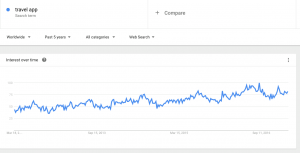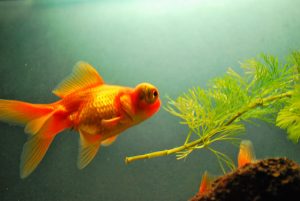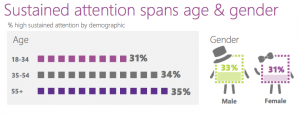Competitive Analysis
In designing this App, JAMR carried out a competitive analysis of the market as part of risk mitigation and identifying a gap in the market, in order to get a solid footing in the market and prepare for expansion.
Defining the Competition
The first step was to define the competition; any app that is providing a similar service to NaviGap. This was carried out by a search engine queries and App store search, using keywords specific to our app and the word ‘app’ in the search terms. For example: ‘travel app’, ‘gap year app’, ‘travel community app’, ‘travel planning app’ and then compiling a list of competitors.

Compare Products
Comparing our product to the competitors and by understanding our competitors, their product and market advantages will ensure we don’t end up going head-to-head with a competitor on their strong points. We identified every product feature that each of our competitors offers and then looked at their web-presence by searching the URL on Alexa to view their visitor traffic ranking. Their social presence was identified by pasting their social media URL’s into the Wildfire monitor page and getting a preview of their social media presence.
Value
Researching what value our competitors are offering and what value is unique is an important facet of competition. There are generally certain value offerings that are an expectation of customers within an industry such as being ‘bug-free’, therefore we are only interested in the unique value offered. Don’t use these as our ‘point of difference’.
SWOT analysis
A SWOT analysis is the breakdown of our competitors perceived strengths, weaknesses, and what opportunities that this creates for us and what potential threats are presented. Using this information allows us to create something that’s unique in its own right. When looking at the competitor apps, we asked ourselves the following questions:
Strengths
- What advantages does their application have?
- What do they do well?
- What other strengths do they have?
Weaknesses
- What could they improve?
- What should they avoid?
- What are people in the market likely to see as a weakness?
- What other weaknesses do they have?
Opportunities
- What opportunities can you spot that they should be taking advantage of?
- What interesting trends are you aware of that they may not have noticed?
- What other opportunities can you spot?
Threats
- What obstacles do they face?
- What are they doing that could pose a threat to your business?
- Is changing technology threatening their position?
- Could any of their weaknesses seriously threaten their business?
- What other threats can you identify?
App Store Ratings
This data tells us whether or not our competitors have a good track record with their users. It allows us to identify opportunities for development and features based on users requests and complaints and generates a target audience ‘needs’ analysis and allows us to offer the audience what they want.
The Competitors identified using the above steps fall into 5 general categories of travel apps and are as follows:
- Booking apps: Apps enabling users to book travel and/or accommodation.
- Skyscanner
- Expedia
- Airbnb
- Travel republic
- Couch Surfer – find low budget ‘sofa’ accommodation.
- TripIt – Ticket organisation app
- STA travel- book travel, accommodation and tours.
- Student Universe
- Gap360
2. Advice apps: Apps providing users with a recommendation of places of interest.
- Tripadvisor: appraisals of hotels, restaurants and attractions. Book flights and attraction tickets. Find places nearby, user reviews.
- Triposo: travel guide; algorithms to deliver recommendations to destinations. Personalise your trip with expert suggestions, book online.
- Safer Travel: highlights safety tips and potential risks per destination and numbers.
3. Guide Apps: Apps designed as online guide books.
- The Gap Year Travel Guide: the magazine of destinations, opportunities (work, volunteer, teach), advice for prep, travel gadgets.
- Tripadvisor City Guides
- CityMaps2go
- NomadHead: the magazine of destinations.
4. Blogging Apps: Apps enabling users to blog about their travels to friends and family.
- Off Exploring: travel blog/ journal.
5. Volunteering apps: Apps providing opportunities for volunteering.
- GiveGab: Connect with friends and find volunteering opportunities in your community.
- Involver: Find volunteering opportunities across the globe.
6. Non-Apps and others of importance:
- Geckos Adventures: Small group travel company for 18-29 year olds that books all aspects of the travel experience.
- STA Travel Website: Student travel company. Has facebook page where you can ask advice.
Conclusions
From carrying out this analysis of the market, JAMR has found no evidence of competition from a website or App that provides a social network based travel community service similar to what NaviGap is proposing. The majority of services currently available focus on providing advice and inspiration or opportunity to book travel and accommodation. Whilst some of the providers offer a social network link to sites such as Twitter and Facebook, these mediums are extensions of contact with the company itself and are not designed to help link users with other potential travellers to plan a trip with or travel together.
Post by @RachelHamilton



